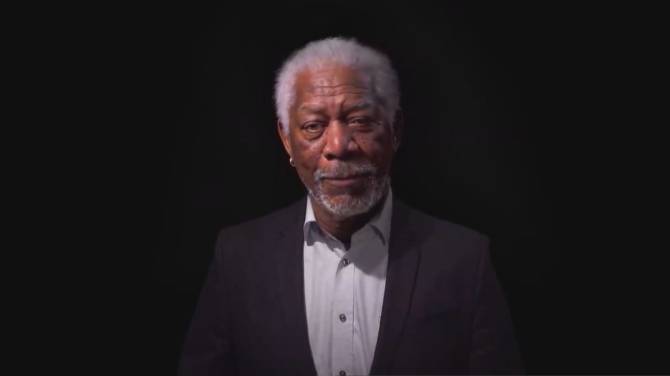Rebranding as “Voltswagen.” Shutting down Trader Joe’s. Sending email confirmation of a $750 food delivery.
The assortment of April Fools’ Day marketing pranks that have gone wrong is as diverse as their reception. They are met with everything from smiles and social media shares to confusion, ridicule, anger, and declining stocks. This playful marketing tactic poses a potential risk that can either win over customers to a brand or turn them away from it.
“One person’s humor can be offensive to another,” explained Vivek Astvansh, a marketing professor at McGill University.
As April 1 approaches, consumers should be more skeptical, as experts say artificial intelligence increases the potential for high-tech promotional tricks. AI introduces new challenges in determining authenticity and could make it even more difficult to distinguish between jokes, facts, and deepfakes. This could be done through generative text-to-video tools that create detailed scenes from brief instructions, or chatbots that generate numerous ad ideas instantly.
“In the next few days, we will see many ads that were created using GPT-4 or other generative AI tools,” Astvansh said, referring to the latest version of OpenAI’s popular ChatGPT program.
Even before the recent AI advancements — OpenAI introduced ChatGPT in November 2022 — the technology’s ability to surpass human capabilities has played a part in corporate pranks.
On April 1, 2019, Google announced it had developed the ability to communicate with tulips in their own language, “Tulipish.” They claimed to provide translation between the flower’s petals and numerous human languages, citing “significant advancements in artificial intelligence.” The video ended by stating that Google Tulip would only be available for that day, leaving little doubt that it was a joke.
Past misunderstandings suggest that there could be more in the future, amplified by AI’s capabilities.
Leading up to April 1, 2021, Volkswagen AG issued a news release announcing that its American division would change its name to “Voltswagen.” Despite some skepticism about its authenticity, several news outlets reported this statement. The confusion surrounding the announcement increased when the company insisted to reporters that the name change was not a joke, only to admit hours later that it was indeed a stunt.
The joke didn't go over well, especially given Volkswagen’s previous “diesel dupe” scandal, where the company was found to have installed software on over half a million cars to cheat on diesel emissions tests.
Other April Fools’ Day pranks that went wrong include Yahoo News falsely reporting in 2016 that Trader Joe’s would close all of its 457 stores in less than a year, and British online food delivery company Deliveroo sending fake confirmation emails to customers in 2021 for $750 orders, causing many to believe their accounts had been hacked.
Now, the widespread availability and low cost of many AI tools make it easier for more companies to use the technology, even for April Fools’ Day pranks that might go wrong.
Astvansh stated that GPT-4 has the ability to quickly produce various advertising content, such as videos or still images, requiring minimal time and investment. The advertising or marketing team can then review the generated outputs, select one, make adjustments, and publish it.
As a safeguard against deception, Astvansh emphasized the importance of disclosing both methods and intentions, especially on April 1.
Astvansh expressed his hope that creators would indicate if their content was generated using a generative AI tool.
Digital watermarking, which involves embedding a pattern into AI-generated content, is a method for helping users differentiate between real and fake images and identify their rightful owners.
Sam Andrey, managing director of the Dais, explained that ensuring images and videos produced by platforms are tagged would help users recognize AI-generated content on the internet.
The potential for deceptive practices using the technology is already well-established, with examples including scams using a loved one’s voice, robocalls impersonating political figures, and the potential for large-scale deception by corporate actors when combined with sophisticated images or digitally generated characters.
Andrey commented on the increasing sophistication of AI-created graphics, noting that just a year ago they appeared more cartoonish.
Andrey stated that AI creating innocuous media and reducing production costs is less concerning. He used April Fools' Day pranks from last year by Tim Hortons, Ikea Canada, and Jeep Canada as examples.
Andrey emphasized that AI should not be used for deceptive purposes.





